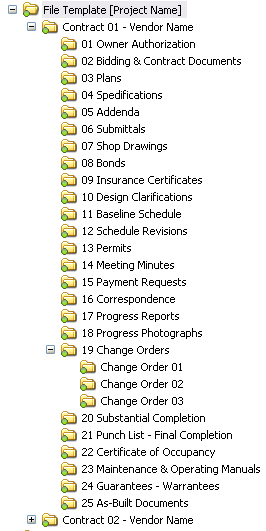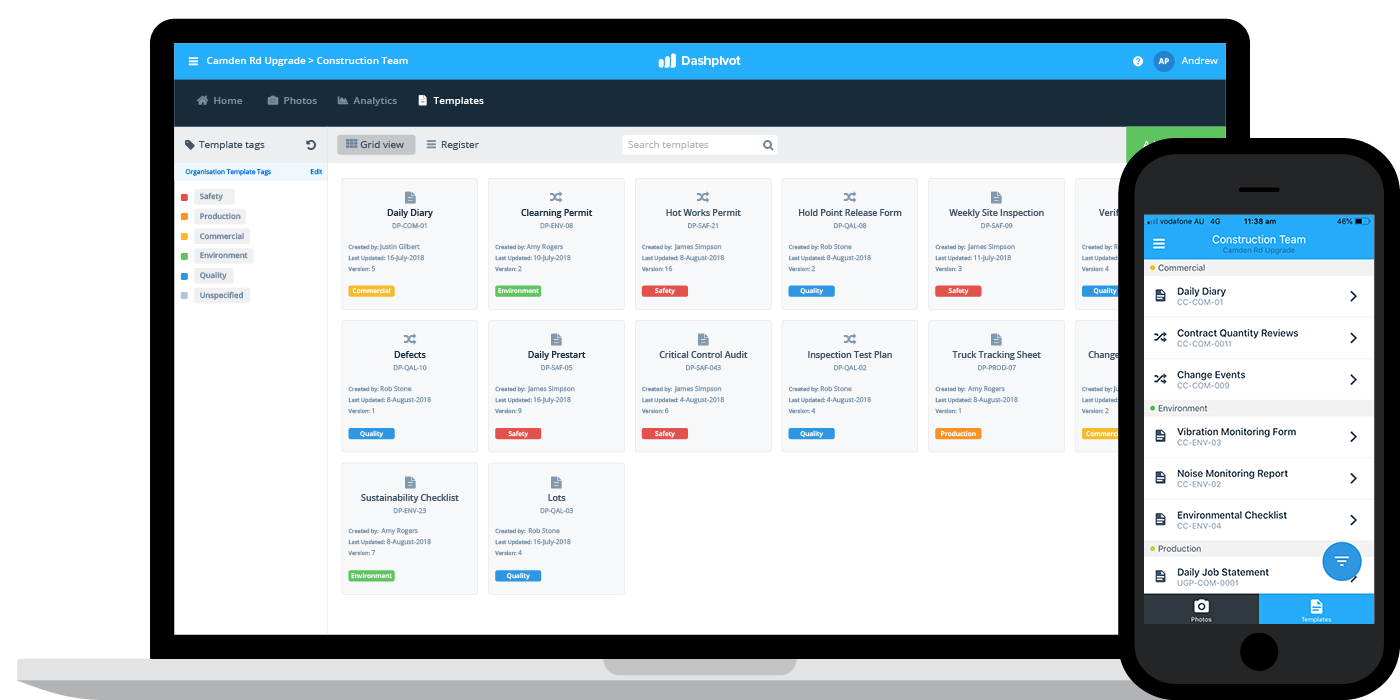Effective Construction Document Management Solutions for each Project
Wiki Article
Enhancing Process Performance: Designer's Specialist Strategies for Building Document Monitoring
In the world of building layout and building and construction, the thorough monitoring of records stands as a cornerstone for project success. These techniques not only ensure smooth job development but additionally hold the vital to unlocking boosted productivity and accuracy in the intricate realm of building record administration.Key Record Organization Strategies
When managing building papers, among the crucial methods that designers utilize is developing a efficient and methodical company system. This system usually entails classifying files based upon their type, such as illustrations, requirements, contracts, and allows. By developing clear and distinctive categories, engineers can swiftly locate certain details when required, conserving time and reducing errors in the building procedure.Within each category, designers further organize records by producing subfolders or making use of numbering systems to denote modifications or versions (construction document management). This ordered structure makes sure that the most current and pertinent details is quickly obtainable while preserving a record of changes made throughout the project timeline
In addition, designers typically utilize digital paper administration platforms that offer functions like keyword search functions, version control, and access restrictions to enhance company and cooperation among project stakeholders. These devices enhance the paper access procedure, advertise real-time updates, and help with seamless interaction, eventually adding to the overall success of the construction task.
Collaborative Platform Combination
To optimize document administration efficiency in building and construction projects, architects effortlessly incorporate joint systems to improve interaction and streamline sychronisation amongst job stakeholders. By leveraging collective systems such as project management software program, cloud-based storage space systems, and communication devices, engineers can create a centralized center for all project-related papers and communication networks. These platforms permit staff member to gain access to, evaluation, and work together on records in real-time, reducing delays and the risk of mistakes connected with conventional document monitoring techniques.Collective system assimilation additionally fosters openness and liability within the job group, as all stakeholders have exposure right into the most up to date project updates and revisions. By streamlining interaction and record sharing, architects can ensure that all employee are working from the most up-to-date information, reducing the possibilities of misconceptions or problems arising due to obsolete files.
Furthermore, collective systems make it possible for seamless cooperation in between designers, specialists, customers, and various other job stakeholders, promoting an extra natural and reliable task process. By damaging down communication barriers and helping with information exchange, engineers can drive performance and advancement in building jobs, eventually causing successful task end results.
Variation Control Ideal Practices
Carrying out reliable version control techniques is crucial for preserving document precision and uniformity in building jobs. By establishing a clear system for managing revisions, project groups can make sure that everybody is functioning from the most up-to-date documentation, reducing the threat of mistakes and disparities throughout the building stage.Among the key best methods for version control is to appoint distinct identifiers per document version. This can be achieved by utilizing a numbering system or day stamp that plainly shows the order of revisions. By plainly labeling each iteration, staff member can easily track the progression of the paper and recognize one of the most recent version.

Automation Tools for Efficiency

File control software application, like Procore or PlanGrid, centralizes job documentation, making it easily available to all stakeholders. These systems permit real-time cooperation, version control, and automated back-ups, securing against data loss. In Addition, Structure Details Modeling (BIM) software automates the generation of construction illustrations and ensures that adjustments are synchronized throughout all associated documents.
Incorporating automation devices with cloud storage remedies even more boosts accessibility and safety. By automating the record management procedure, task groups can concentrate their effort and time on value-adding activities, ultimately boosting performance and project outcomes.
Secure Information Administration Solutions
Successfully securing and taking care of task data is paramount in the construction market to make certain discretion and integrity throughout the task lifecycle. Architectural firms can use encrypted cloud storage space services to safely share and store project documents with licensed workers.In addition, making use of electronic civil liberties monitoring (DRM) devices includes an extra layer of security by stopping the unauthorized circulation or duplication of project documents. Normal data back-ups are vital to alleviate the danger of information loss due to unpredicted circumstances like equipment failures or cyber-attacks. Collective platforms with integrated protection features allow smooth interaction and file sharing amongst great site project staff member while maintaining data integrity.
Verdict
Finally, implementing key paper organization strategies, integrating collaborative platforms, exercising version control finest practices, using automation devices, and adopting protected data monitoring services are crucial techniques for improving operations efficiency in construction paper management. These expert techniques can simplify procedures, improve communication, guarantee accuracy, and maintain information safety and security throughout the construction task lifecycle.In the world of building design and construction, the thorough monitoring of records stands as a keystone for task success. These strategies not just ensure smooth project progression but additionally hold the key to unlocking improved productivity and precision in the complex world of construction document administration.
To maximize file management performance in building projects, architects effortlessly incorporate joint platforms to improve communication and improve sychronisation among task stakeholders. These systems enable team participants to gain access to, testimonial, and collaborate on documents in real-time, pop over to this web-site minimizing hold-ups and the threat of errors connected with conventional paper monitoring methods.
Making use of automation devices in construction paper administration significantly enhances efficiency and simplifies procedures for job groups. construction document management.
Report this wiki page